Imagine you are 90 years old and the world you once knew, even your own home, feels like a frightening and unfamiliar place. Sometimes you find it hard to recognize even your closest family members. You don’t understand why people get angry when you wander away or when you cannot finish a sentence. You may be fit physically, but psychologically you are at a loss — and so are your family and friends.
Imagine you move to a small, lovely village. There are strangers there, but they are gentle and caring. There are places to walk, and no one gets angry if you get a little lost. They just calmly lead you back to where you need to be. When you are in the mood, there is plenty to do, but no one gets angry when you just want to sit. Best of all, your family doesn’t seem so worried anymore.
This scenario is the aim of the new Goldenberg-Ziman Special Care Center located at the Jewish Home for the Aging’s Eisenberg Campus in Tarzana. The project began after the destruction of the campus’ Pavilion Building in the 1994 Northridge Earthquake. After years of fighting with the Federal Emergency Management Agency, the agency and the home reached a settlement for $750,000. The remaining funds for the $13 million facility were donated by supporters, including Paul Goldenberg, Ruth Ziegler and Richard and Daphna Ziman.
“We wanted to create something that was about living, not about waiting to die,” Daphna Ziman said at the facility’s dedication held April 14.
The differences between the Goldenberg-Ziman center and an ordinary hospital for dementia patients are apparent from the moment one walks in. The lobby is circular and designed to appear like that of a fine hotel. Hallways branching out from the lobby lead to little “neighborhoods.” The facility can hold up to 96 patients and is already fully booked, according to Jewish Home for the Aging CEO Molly Forrest.
Forrest said the home’s staff and board of directors used the years between the earthquake and building the new facility to study ways to make the center a showcase for the care and treatment of Alzheimer’s patients.
“A lot of the research talked about the need to develop within these types of structures a town central,” Forrest explained, walking through the lobby on a recent tour of the facility. “The resident can come out of their room to a smaller, family area or cluster and then follow a pathway down to the town central, where we have a restaurant, a gift shop, a petit cafe where you can get a nosh and the nursing station, which is really intended to resemble a concierge desk.”
The lobby also contains a player piano. The cafe, which doubles as a volunteer office, will have a deli case with muffins and tea or coffee available and a stand for newspapers and magazines outside.
“Some people might say, ‘Isn’t that silly?'” Forrest said. “But a lot of what people with dementia do is to do what feels normal, even though they cannot participate.
“My mother carried a book every place, even though she could no longer follow a story enough to read, because in the past, she always carried a book in her purse. If I were a gentleman with Alzheimer’s, it might feel very normal to pick up a newspaper and tuck it under my arm and then go have a little cup of tea or a bite to eat and sit and watch people go by. That’s what we want to give them an opportunity to do,” she said.
The gift shop will maintain a lost and found (dementia patients frequently misplace their belongings), plus baskets with items like shampoos and little soaps and toothbrushes so patients can “shop.” A menu is posted outside the dining room to give the feel of a fine restaurant, and all the food, like that served in the Jewish Home’s other dining halls, is kosher.
Designers and staff spent a great deal of time on what Forrest calls “way-finding measures.” The three clustered areas of rooms each have their own distinct color scheme and themes: one has kind of an ice cream-social feel to it, another one will feature music and musical instruments and the third will have a library theme. Forrest said the home is one of the first facilities in California to adopt the neighborhood cluster concept.
Initially, some features appear unusual. In the center of each cluster area is a box that will be filled with stuffed animals, scarves, hats and jewelry, “so if residents want to rummage in the box and put something on or take something and wander away, it’s OK,” Forrest said. “By having them in each area, we allow the residents to do something that feels like a normal activity. I mean, how many times a day do you pick up something from one room and carry it to another?”
The box can also double as a toy box for children coming to visit grandparents and great-grandparents. “If children come, it’s a place for them to play dress-up or be entertained. It encourages families to take ownership of the space,” she said.
Along the same lines, each cluster also contains a family room and a kitchenette, where visiting family members and friends can prepare snacks.
The residents’ rooms are spacious and combine hospital beds and safety railings with hotel-style armoires and paintings, kind of a combination Sheraton and Cedars-Sinai Medical Center. The most striking feature of the rooms is the large picture window, which Forrest said was necessary to offset “sundowning,” a state of increased agitation, activity and violent behavior that occurs late in the day and affects many dementia patients. Increased light, particularly natural light, is thought to help decrease the more severe symptoms associated with sundowning.
The attention to detail carries over to the exterior, where walkways weave through gardens and gazebos, providing yet another path for “wanderers.” A unit on the second floor of the facility will serve as a respite center for the community. Relatives and other caregivers who need a break or must go out of town can call and reserve a room for their loved one for a few days. The second floor also maintains a unit dedicated to “end of life” patients, so residents of the home can spend their final days in comfortable surroundings, with accommodations for loved ones (such as chairs that fold out into single beds).
With the number of Alzheimer’s patients increasing (current estimates show about 4 million people in the United States suffer from the disease and other dementia disorders), the need for specialized facilities such as the care center is on the rise. However, Forrest said that only a very small number — about one-sixth of Alzheimer’s patients — will ever need the level of care provided at the facility.
Forrest “But if having a family living room here means that a family member will come and stay for an hour instead of doing that famous ‘I stopped by to visit mom,’ which is ‘I kissed her on the cheek, felt bad about how she was just sitting there and then I left,’ [then] I will be very, very happy.”







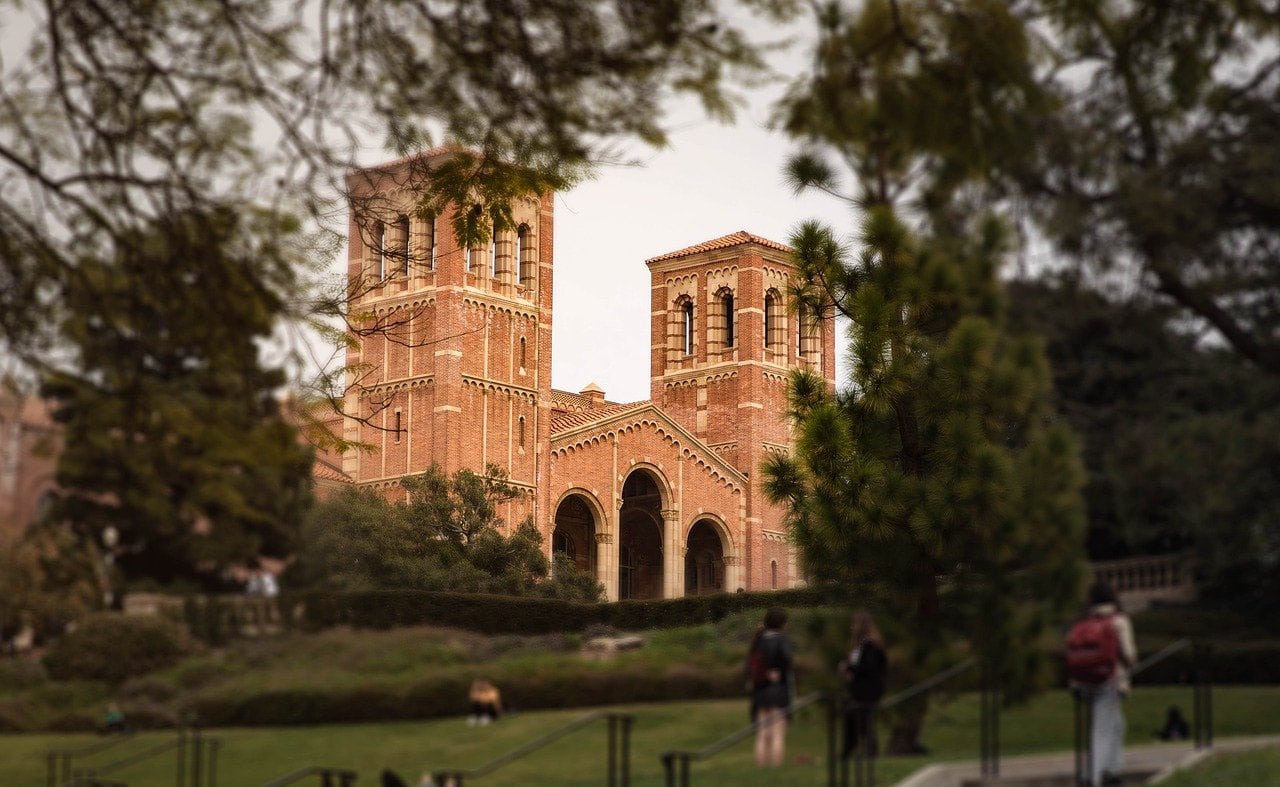
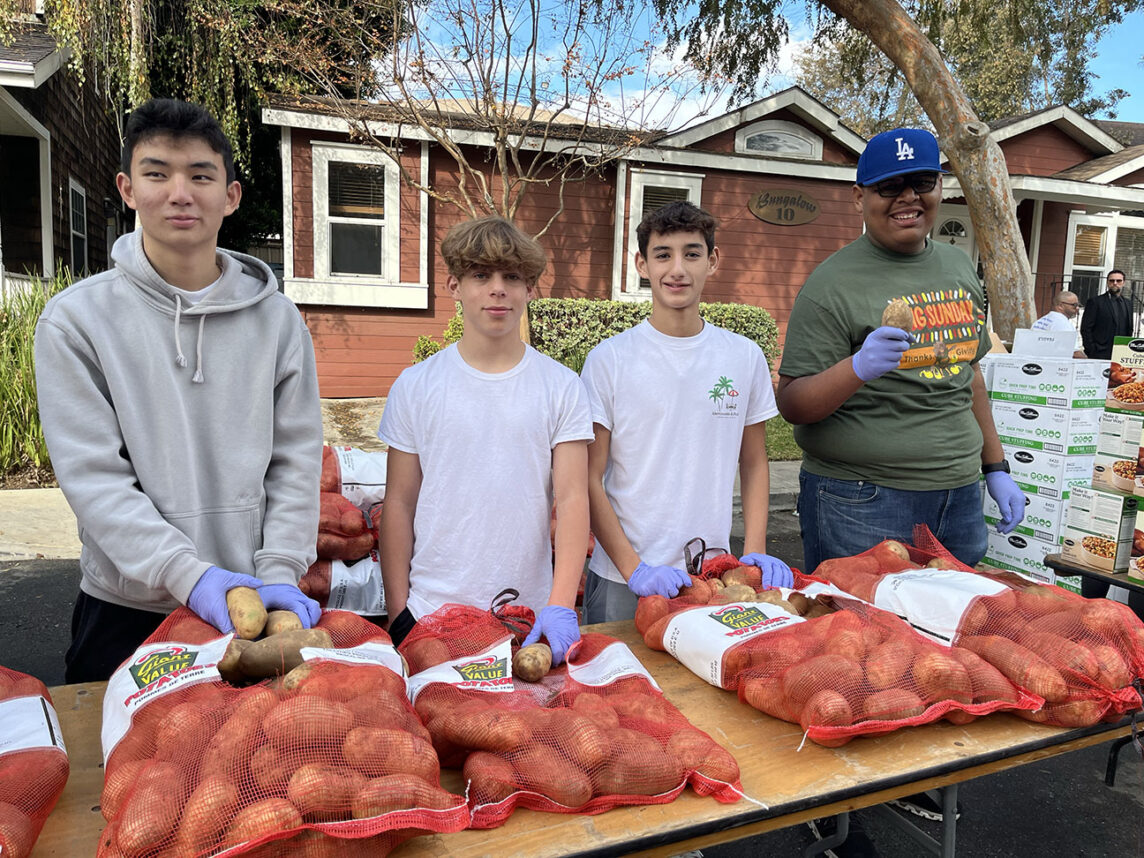
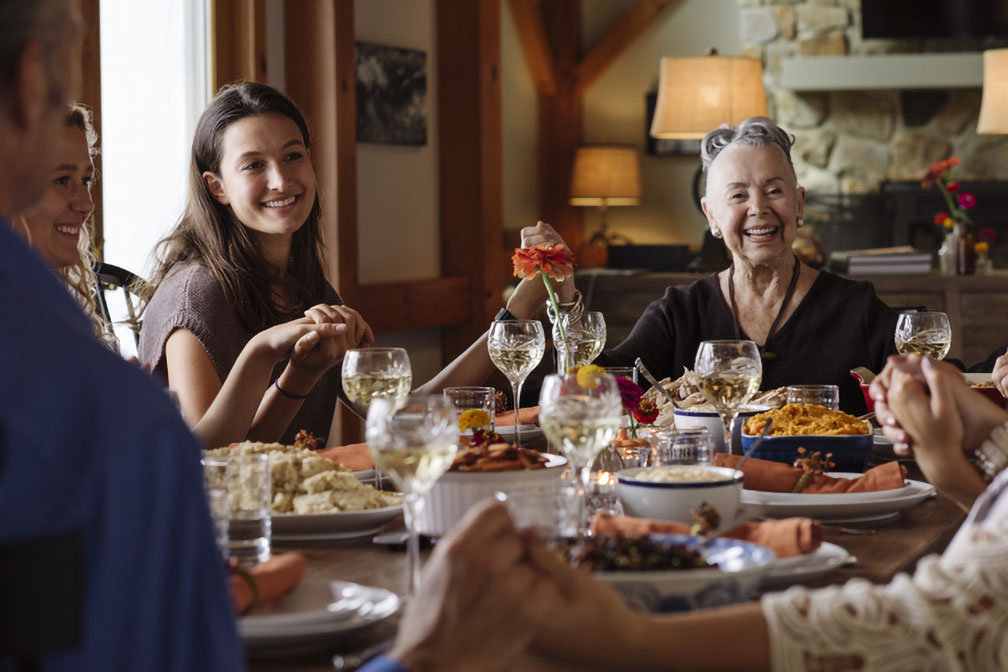
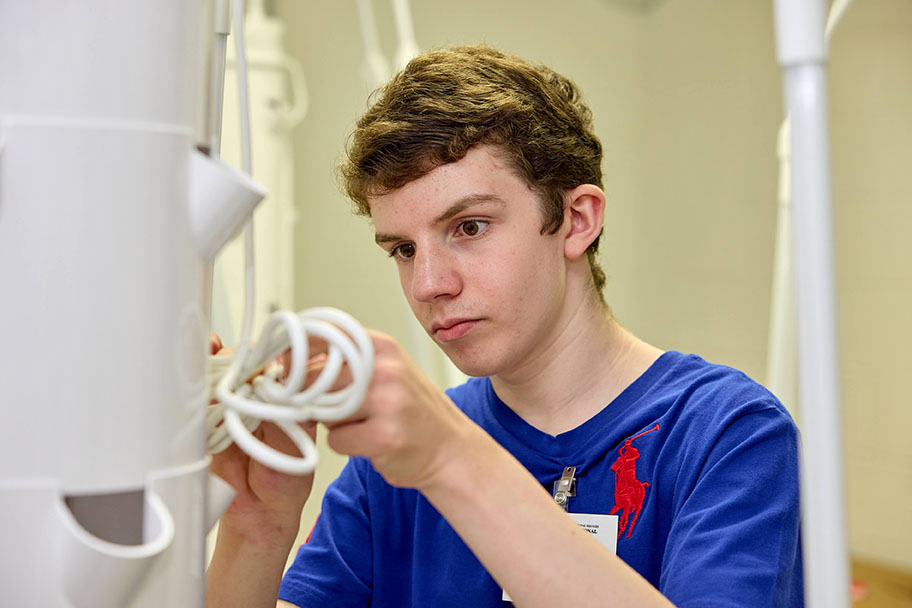

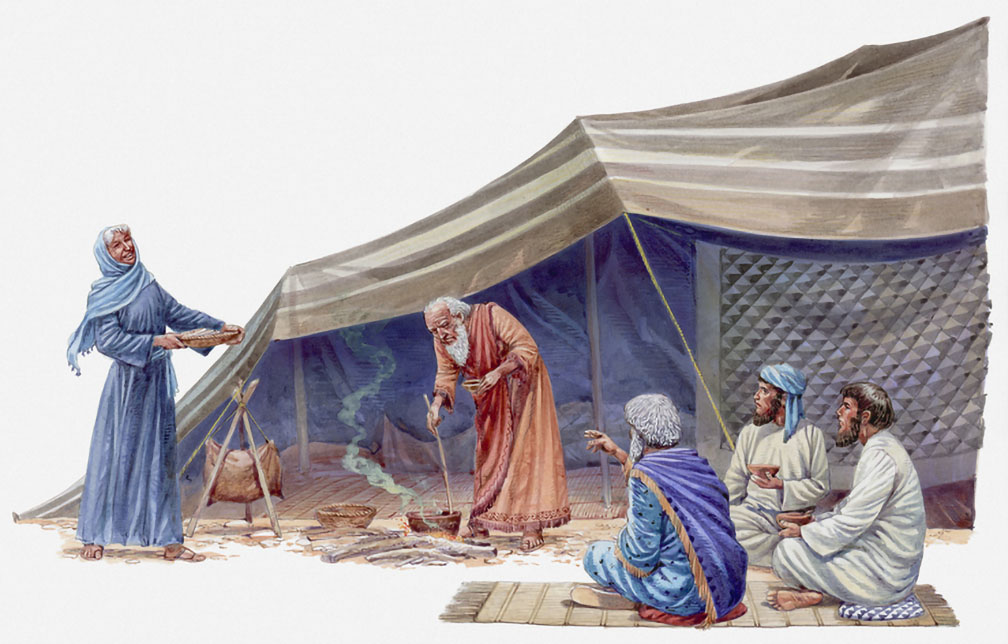

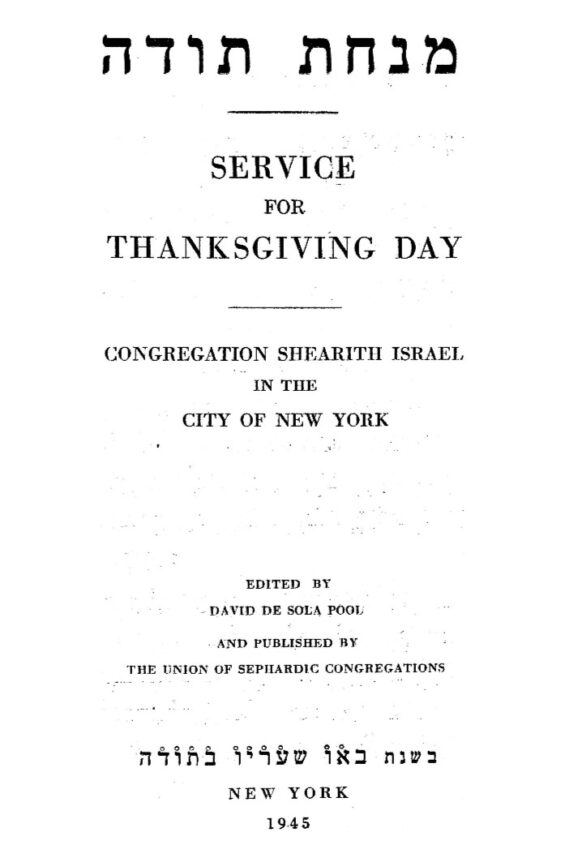
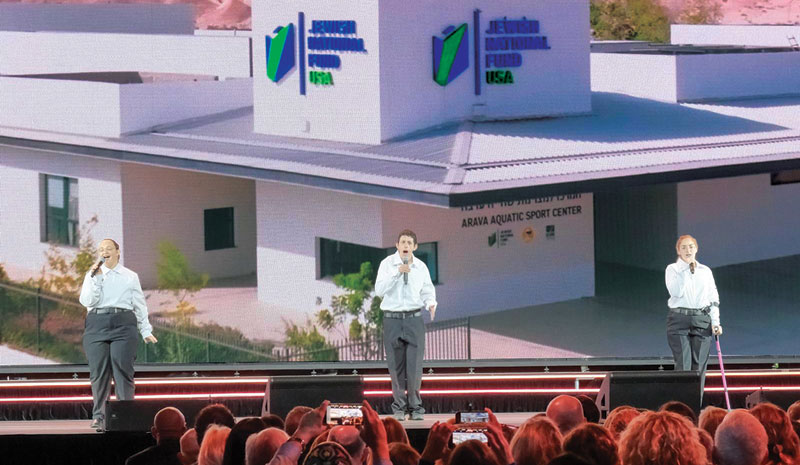




 More news and opinions than at a Shabbat dinner, right in your inbox.
More news and opinions than at a Shabbat dinner, right in your inbox.